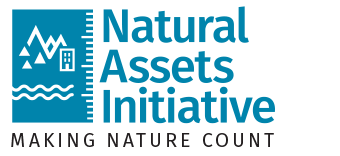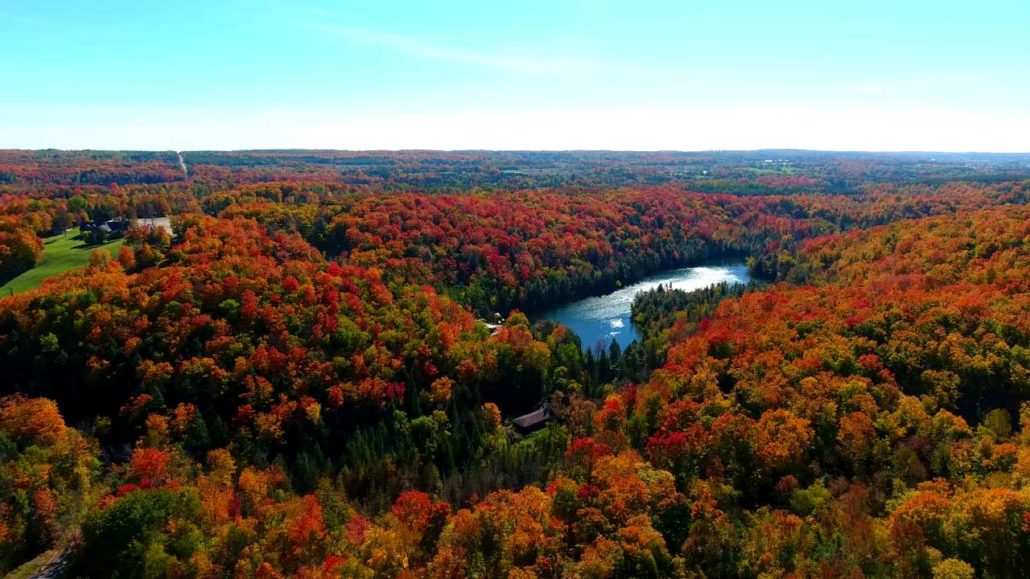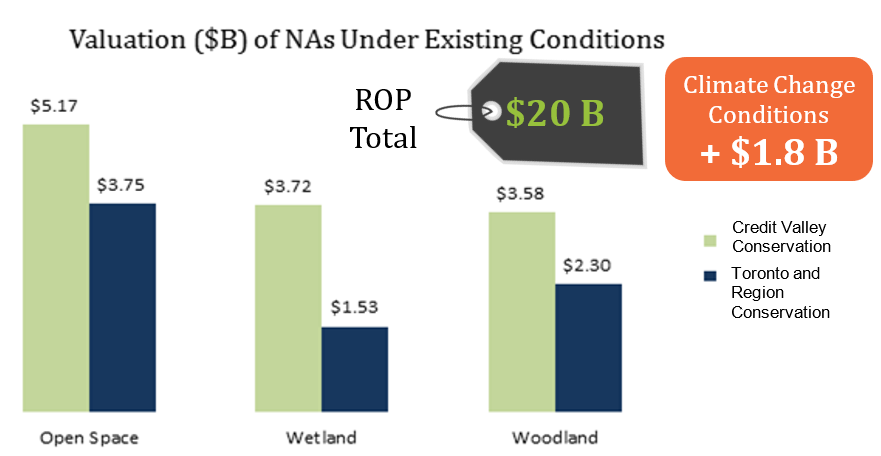Where are they now? The Region of Peel is thinking big!
Fourth in a series of posts on activities of the 5 original community pilots since completing formal involvement with MNAI.
The Region of Peel and the Credit Valley Conservation (CVC) have been thinking big since wrapping up the original MNAI pilot at the end of 2017 and are scaling the method across the Region of Peel.
The starting place:
As a first MNAI pilot, CVC assessed stormwater quality and quantity services provided by wetlands, forests, and open green spaces in two sub-watersheds within the Region of Peel. They found that all natural assets assessed provide attenuation of flows during the 100-year return period storm, and all except riverine wetlands exceed the Ministry of the Environment, Conservation and Parks’ requirements for water quality. The replacement value of the stormwater services provided by these ecosystems in the two subwatersheds was estimated at roughly $704 million under current conditions, and $764 million under climate change conditions.
Since MNAI:
The Region of Peel has gone on to inventory and assess stormwater services across the entire region. The work that CVC conducted involved:
- Using stormwater management performance results for all 5 natural asset types from the original pilot [palustrine wetlands, isolated wetlands, riverine wetlands, woodlands, and open green spaces];
- Applying the ‘scaling factor’ developed for each feature in the pilot study, by which the total quantity of each of the 5 natural assets across the Region is estimated;
- Applying a replacement cost method to assess the monetary value of stormwater management services; and,
- Developing a natural asset valuation inventory. This inventory rings in at $20 billion in stormwater services under current climate, and $21.8 billion under climate change scenario.
What is next?
CVC, in collaboration with the Region of Peel and the lower-tier municipalities (City of Brampton and Town of Caledon), will develop a Business Case for Natural Assets that will highlight economic rationale for natural asset management, maintenance, and restoration. A cost-benefit model and interface developed under the proposed project will potentially serve as a decision-making aid that provides guidance to municipalities with respect to natural asset management to ensure continuous provision of critical ecosystem services.




